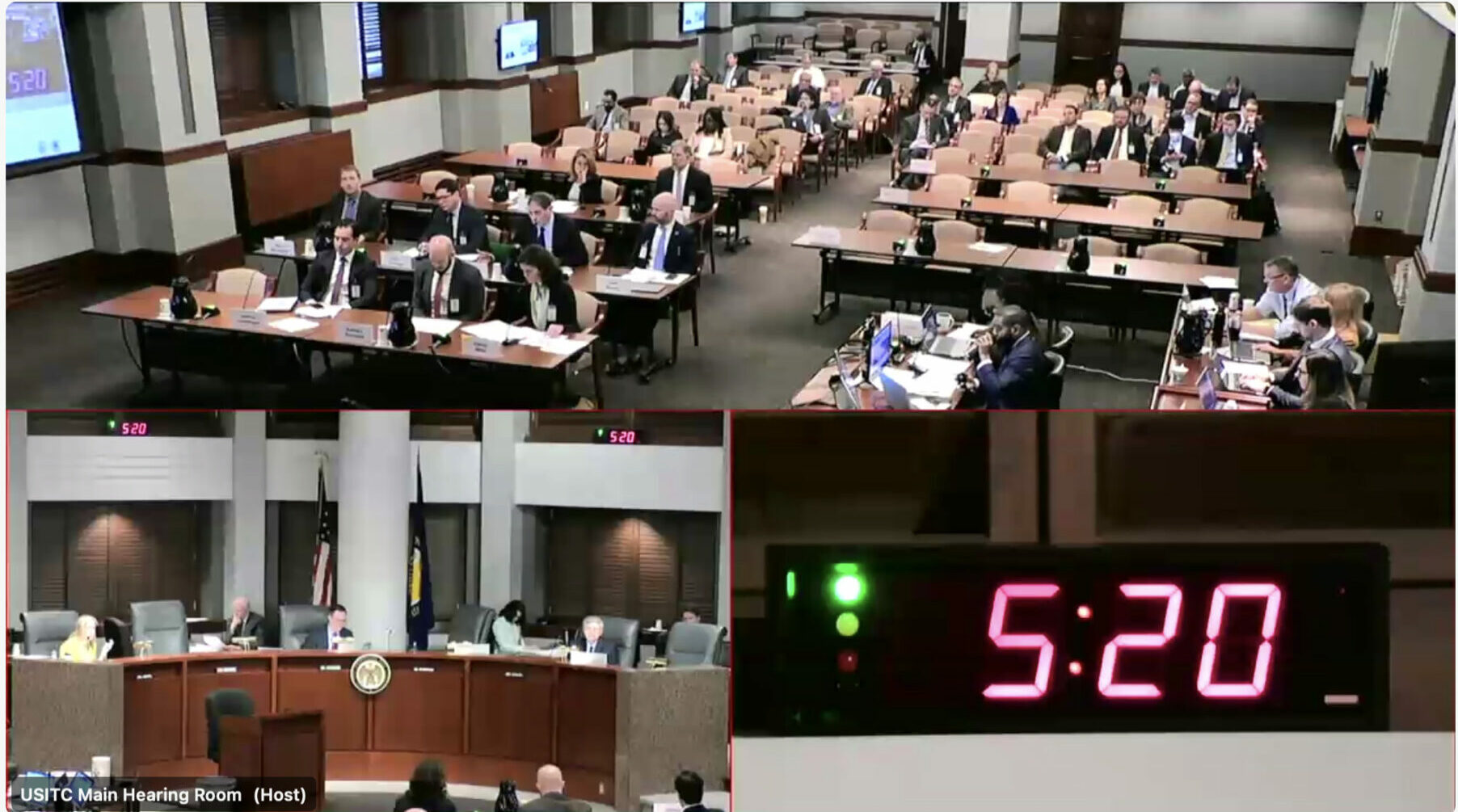What to Know and How to Succeed
“The party seeking funding or insurance should be willing to address with full candor both the strengths and weaknesses of the case during the diligence process.”
When I was in law school, my business associations professor began the semester by telling the class that debt and equity are essentially the same thing.
In her view, both involve money going from one organization to another (i.e., the parties exchange “capital” or “debt”). And both are concerned with how the receiving organization will ultimately compensate its counterparty (i.e., do they get a fixed payment or a share of profits). From this perspective, debt and equity exist along the same continuum, with the primary difference lying in the allocation of risk between the parties through the distribution of control and economic rights.
Litigation finance and insurance are quickly approaching a similar moment of conceptual and practical unity in which the dividing line between the two products is blurring and they are increasingly used together. The purpose of this article is to explain the practical significance of this development while also providing some tips of the trade on how to navigate the process of securing funding or insurance.
Funding and Insurance are Tools for Capturing Value and Hedging Risk
Over the last 10 years, litigation funding has become a significant product within the litigation ecosystem. As a result, most lawyers know that litigation funding can be used to pursue a single case, a portfolio of cases, or even the creation of a new law firm (in certain jurisdictions and where there is a sufficiently strong underlying thesis).
Practitioners are also increasingly aware of the reality that litigation insurance is now rising in prominence, particularly in the form of judgment preservation insurance (a product, which, as its name suggests, insures a trial-level award on appeal).
The really interesting work, however, starts when you combine products, merging the features of finance and insurance. For example, imagine that your firm wishes to litigate three IP disputes on full contingency (i.e., no fees or expenses unless you settle or win). Pre-suit insurance for a portfolio like this will be difficult to secure, so if you need risk-sharing, you will likely start with litigation funding. While every transaction is bespoke, a traditional structure would be a funder providing capital to cover 50% of your fees and expenses (on a cross collateralized, non-recourse basis), while the other 50% of fees would be at risk. In exchange, the funder would be entitled to a portion of the eventual recovery (if any).
Assume that all three cases eventually defeat inter partes review (IPR) motions and survive Markman. At that juncture, you might consider buying a “work in progress” or “WIP” insurance policy for a portion of the firm’s 50% contingency fees at risk in the case, which allows the firm to guarantee that it will receive—at the very least—a contingent fee equal to the total number of hours ultimately billed. And if liquidity is an issue, you could even obtain litigation funding to pay for the insurance premium.
Similarly, we increasingly see funders and complex commercial litigation firms wrap their best cases or portfolios with insurance as a means of guaranteeing that they will see at least some of the value inherent in their docket. Not only does insurance create a floor for the plaintiff, it also makes it cheaper for the funder or firm to secure additional capital given that it now has a guaranteed cash influx on the horizon.
Marshal the Facts and the Law in an Easily Digestible, Honest Submission
Once you have decided that it makes sense for your firm or business to explore funding or insurance, the question inevitably becomes “what does the process look like” and “how do I make sure I get what I want for the best price?”
The answer is that it’s generally a four-part process:
- The party seeking funding or insurance should prepare a detailed case submission, summarizing key facts, legal theories, potential damages, and collectability issues;
- Sign an NDA with the funder or insurer;
- Give the funder or insurer time to conduct an initial assessment (g., any issues with jurisdiction, collectability, etc.), which hopefully yields a term sheet to which the firm or business agrees;
- Allow the funder or insurer time to put the case into underwriting to fully diligence the risk with the goal of ultimately binding an insurance policy or funding agreement.
The party seeking funding or insurance should be willing to address with full candor both the strengths and weaknesses of the case during the diligence process.
The key to success in this process is the creation of a detailed and honest submission. Across the market, litigation funders and insurers tend to be experienced and well-credentialed lawyers who spent years in the trenches litigating complex issues. They are, in short, people who have witnessed the ebbs and flows of litigation, including the big wins and “interesting” developments, and they want your submission to accurately account for litigation’s inherent risks. You put your best foot forward when you submit a memo that (1) clearly identifies the procedural posture of a case and its relevant facts, (2) outlines the applicable law and explains why liability will attach, (3) discusses your theory of damages and why your figures are justified, (4) addresses any concerns relating to collectability or judgment enforcement, and (5) honestly addresses and explains away any weaknesses with the case. Although they are considered summaries of the case, the submissions should be sufficiently detailed. On average, these documents tend to range from 10 to 20 double-spaced pages. And the best ones are essentially “bench memos” that a clerk would prepare for a judge or a “case assessment memo” that an associate would prepare during intake at a plaintiff boutique. They acknowledge the weaknesses in the case and show how they plan to resolve them.
After the insurer or funder has conducted its full diligence, and assuming they continue to like the risk, you begin negotiating a funding agreement or insurance policy. On the funding side, the key terms that require negotiation are often the waterfall, return-related questions, and the amount of money allocated to fees (money for lawyers) vs. costs (money for court reporters, etc.). On the insurance side, some of the key negotiating points tend to be the amount of the premium (i.e., the “rate-on-line”) and exclusions under the policy. Particularly in the funding space, the final negotiations are often facilitated by deal counsel for one or both sides.
All told, the crucial thing to remember is this: be honest, direct, and detailed, and you set yourself up for success in seeking the product(s) that fit your risk profile.
Image Source: Deposit Photos
Author: ilixe48
Image ID: 244069744






